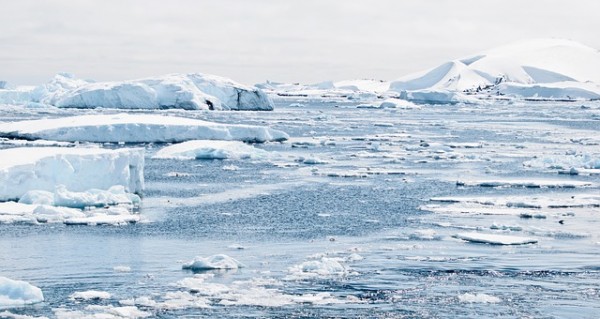By Ana Verayo, | November 28, 2016

Logbooks and journals of early Antarctic explorers has shed light on the level of sea ice over the years. (Pixabay)
During the early 20th century, explorers set out to the South Pole for the first time in history on expeditions. Many died and failed during this Heroic Age of Antarctic Exploration. Now, scientists have recovered hundred years old logbooks and journals to gain historic insight about Antarctic sea ice, revealing that not all are retreating but more like experiencing fluctuating cycles over the decades.
Like Us on Facebook
Past studies have revealed that Antarctic ice shelves are disappearing at about 159 billion tons every year. However, this new study highlights historic data about Antarctic ice shelves which provide clues that this phenomenon is based on a long-term climate cycle.
A team from the University of Reading examined these early 20th century logbooks from Antarctic explorers Robert F. Scott and Sir Ernest Shackleton. They then compared this with data about ice sheets in the region and discovered that sea ice levels during the summer have only decreased by 14 percent since the early 20th century.
According to the lead author of the study, Jonathan Day of the University of Reading, Scott's and Shackleton's mission may have failed but the data that they collected as well as those of other explorers may profoundly change how we perceive sea ice melting and its cycles in the Antarctic.
Day explained that sea ice in the Antarctic has increased dramatically in the last 30 years based on satellite data. Climate scientists are hoping to understand how global warming works and its effects on Antarctic sea ice.
Apart from the Weddell Sea, the team estimates that Antarctic sea ice during the 1900s ranged from 5.3 to 7.4 million square kilometers, which is almost the same as the current levels. This suggests that ice coverage reached its peak during the 1950s and declined to its present state.
This new study is the first study to analyze sea ice levels before the 1930s. It suggests that the Antarctic region is less susceptible to the effects of climate change.
Researchers believe that the South Pole regularly undergoes fluctuating cycles of sea ice cover spanning decades. These valuable texts and data from the first Antarctic explorers are deemed very crucial to better understand long-term climate trends.
This new study was published in the journal The Cryosphere.
-
Use of Coronavirus Pandemic Drones Raises Privacy Concerns: Drones Spread Fear, Local Officials Say

-
Coronavirus Hampers The Delivery Of Lockheed Martin F-35 Stealth Fighters For 2020

-
Instagram Speeds Up Plans to Add Account Memorialization Feature Due to COVID-19 Deaths

-
NASA: Perseverance Plans to Bring 'Mars Rock' to Earth in 2031

-
600 Dead And 3,000 In The Hospital as Iranians Believed Drinking High-Concentrations of Alcohol Can Cure The Coronavirus

-
600 Dead And 3,000 In The Hospital as Iranians Believed Drinking High-Concentrations of Alcohol Can Cure The Coronavirus

-
COVID-19: Doctors, Nurses Use Virtual Reality to Learn New Skills in Treating Coronavirus Patients







